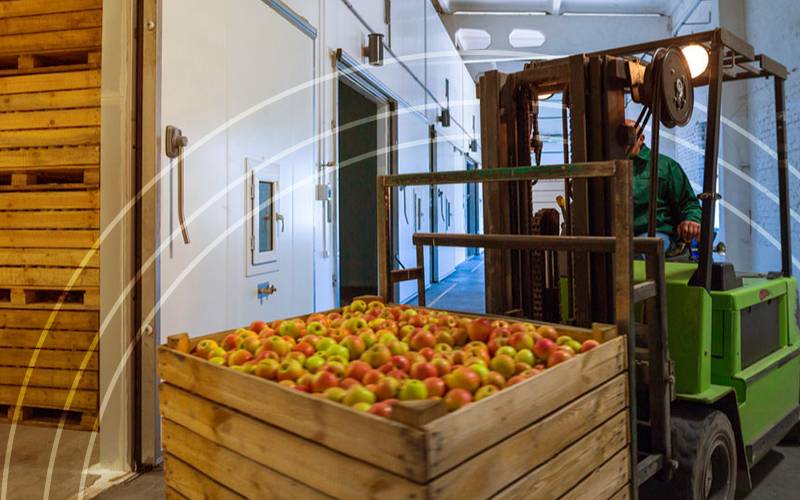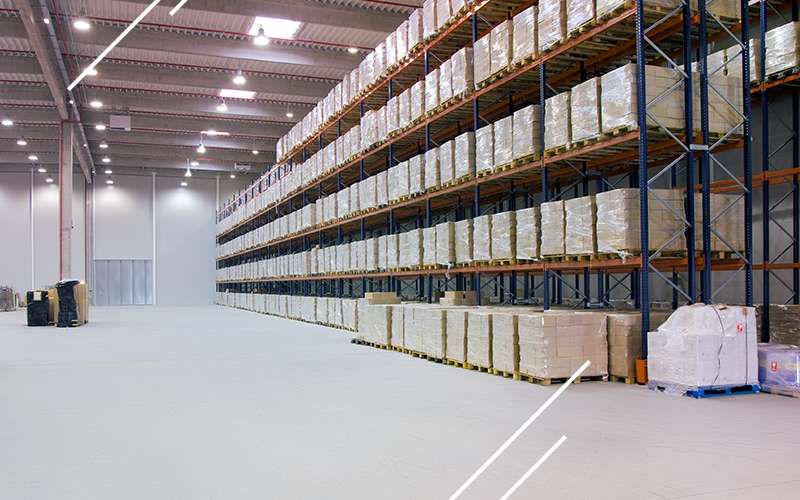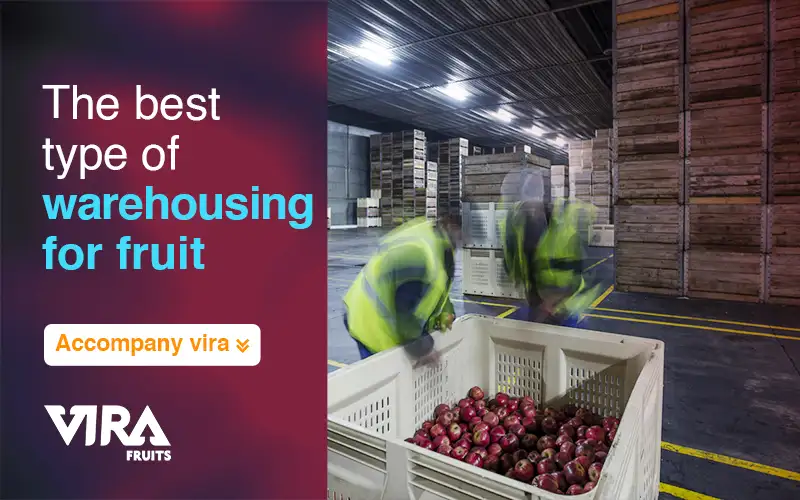What is the best type of warehousing for fruit? Especially Iranian apple.
The term warehouse refers to a commercial building where goods are stored. Trade goods are stored here for later distribution by traders.
The main purpose is to prevent losses and damages that may result from defective and unsecured products. When cargo is not needed for manufacturing or sale, it is usually stored in a warehouse.
Cold chains, container yards, and public and private warehouses are essential warehousing facilities for developing countries. A warehouse, however, provides only storage.
Why do we need warehousing?
In order to meet the global demand for mass production, warehouses are needed.
Mass production can be attributed to a number of factors, including cost competitiveness, removal of tariff barriers, economies of scale, low labor cost, technological integration, and trade agreements.
Providing rapid supplies to various destinations according to demand is one of the functions of warehouses.
There are some fresh products with limited shelf lives. Fruits and vegetables are stored in cold chains for longer shelf life, just like milk, eggs, butter are. Countries in the Gulf, such as Iraq, Kuwait, UAE, etc., warehouse these supplies for weeks since large quantities of these items cannot be produced locally.
Unlike sugar, which is seasonal in its production cycle, it is consumed all year round. However, during seasons, demand for some items such as textiles and leather tends to increase quickly.
In order to assemble finished products, large manufacturing facilities need inputs. They also require continuous mass production of these inputs. Trading companies warehouse the products because they believe the prices will rise very soon, thereby increasing their profit margins as well.

How does warehousing function?
By eliminating the scope of loss, damage, and theft, warehouses protect the cargo through safe storage and custody.
Since there is a gap between when the goods are produced and when they are consumed, traders store the goods in advance and sell them on the international market as required.
Using warehouses to coordinate uneven demand and supply patterns is beneficial to both producers and customers. Shipping products internationally can be a challenge for smooth trade supply chains.
Removing and storing the products that are not in demand helps to equalize demand and supply.
These machines perform functions such as sorting, packing, labeling, and giving the final touches to cargo for overseas sales.
As long as the commodities stored in warehouses meet accounting norms and standards, they can be used as security for bank loans. In order to provide exporters and importers with working capital, most banks accept warehousing receipts as security.
Condition of the product is one of its main functions since certain products need conditioning before being exported regionally or globally, such as rice, cheese, tobacco, wine, and wood.
A limited period of storage is possible in such cases to maintain better quality, taste, and durability of the commodities.

Warehousing’s advantages
Warehouses reduce distribution costs by unloading goods in bulk. They allow international traders to control prices and consignments in their trade transactions. For merchants with a small amount of storage space, it is beneficial.
Keeping the goods in a bonded warehouse allows the traders to submit the duty payments and serve customers more efficiently and at a lower cost. Working capital loans can be obtained using warehouse receipts as assets.
By affecting the movement of goods and creating time & place utilities, it stabilizes the price of goods. Marketers can decide on how to distribute their products based on their facilities. It helps maintain continuous sales and prevents out-of-stock situations.

Temperature-controlled Warehousing
When selling a product, it can be difficult to determine whether temperature-controlled warehousing is necessary. Occasionally, the temperature of certain products may have to be higher or lower than room temperature. It is essential that you fully comprehend the composition of your products as well as their ideal storage conditions before choosing a temperature-controlled warehousing system.
There has been an increase in the demand for climate-controlled warehouses in recent years. It is necessary to store many consumable products for a longer period of time to extend their shelf life to coordinate the supply and demand of seasonal fruits and vegetables.
Various types of products can be stored in these warehouses, such as frozen products and delicate items like flowers and drugs that require humidity-controlled environments. This is The best type of warehousing for fruit.
The Distribution Center
Warehouses also function as distribution centers. They are built in such a way as to maintain specific requirements for fast-consuming items, and product storage is considered a temporary activity.
These distribution centers receive goods in bulk at night and transport them in small crates to different locations, like milk, bread, vegetables, fruits, fish, and meat products.
